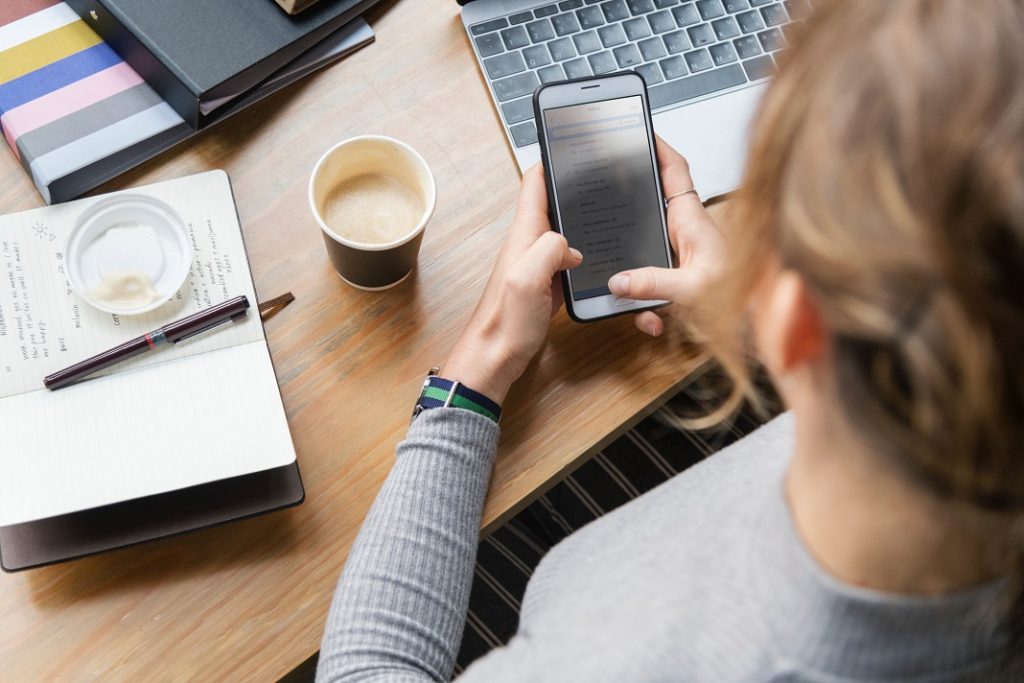
Comfortable Finance Management: 3 Recommended Mobile Banking Practices to Keep Your Accounts Safe
Table of Contents
We have become increasingly reliant on mobile devices for all types of services, including banking. Mobile banking has become more commonplace. However, so too has identity theft and illegal transfer of funds via the internet.
Adopt these 3 simple practices to help secure your online banking accounts from theft.
Keep Your Device Protected.
According to a recent report, 87% of adults in the US have a mobile phone, and 77% of those phones are internet-enabled. However, many of these smartphones are left unprotected, as most persons fail to take the safety precautions they use on their desktops and laptops and apply them to their mobile devices.
This includes being wary about what apps you download. As a rule of thumb, stick to apps from well-established, reputable sites and go through customer reviews to see what concerns users raised. Be vigilant, as well, when it comes to opening attachments or clicking on links in texts and emails. They can contain malware that infects your device and quietly steals your personal information.
Protect your mobile device with up-to-date antivirus software and an airtight password (no family names and birthdates, please). If your banking app comes with auto-login, disable it and update the app as soon as updates are available as they may contain improvements in the app’s security features.
Watch Out For Suspicious Activity.
Use the connectivity of your mobile device to your benefit by regularly checking on your accounts. Inconsistencies and suspicious activity. Such as an unauthorized transaction should be immediately reported to your financial institution. They can lock down the account and do their checks to trace the source of the breach.
It is also well-advised for you to sign up for email and text notifications for all of your account transactions. You can do this as you are opening a new checking account. If you have previous accounts, virtually every financial institution will allow you to add an email address or mobile number for transaction alerts.
Safeguard The Device Itself
While we are aware that unscrupulous persons can hack your mobile device via the internet. Most persons fail to remember that the physical device is also at risk. Left carelessly, someone can grab it and be gone before you realize what is happening. A more insidious person might scan it for information, then replace the device as if nothing has happened.
Added to that is the act of shoulder surfing, where someone close by spies on you as you use your electronic device. They can see your personal information displayed on the screen or your password as you type it in.
You can minimize these threats by being constantly aware of your surroundings and deliberately shielding the device to help minimize shoulder surfing in situations where you have to do mobile banking in public places.
Internet connectivity brings convenience on a level never before seen, keeping us in touch with home, work, and our social circles. That connectivity also brings the dangers of compromising our personal and financial information. It’s wise to use the steps outlined here to protect yourself and your money.

